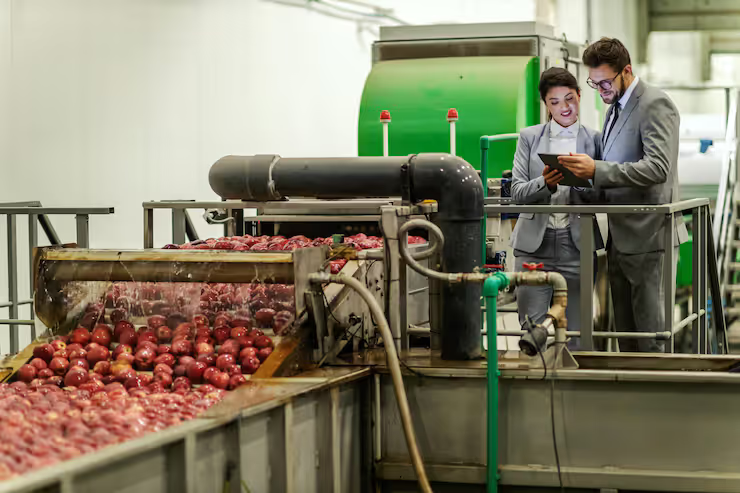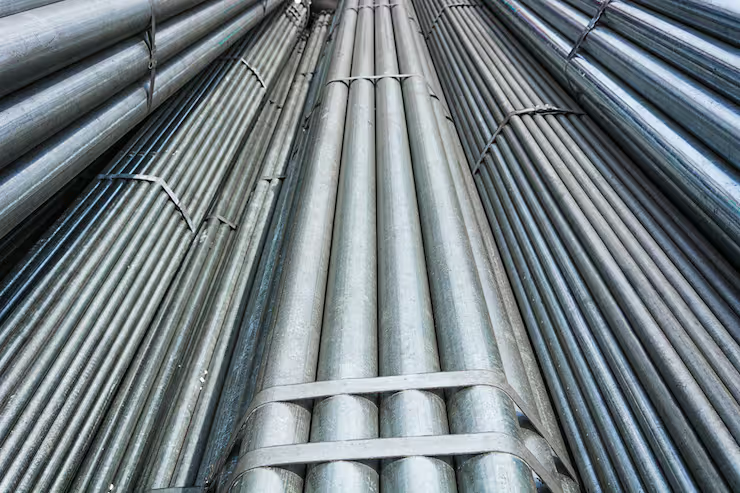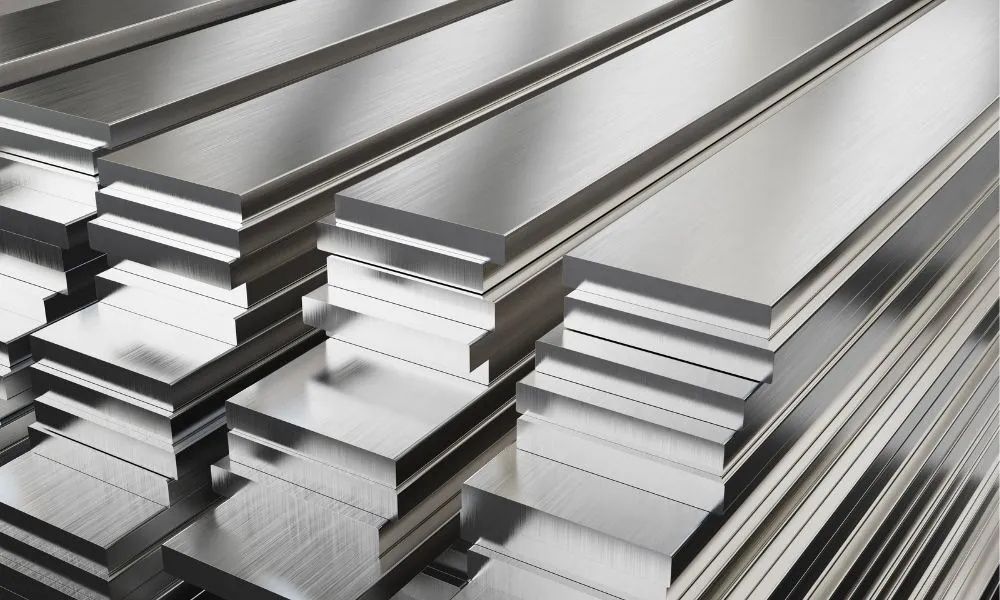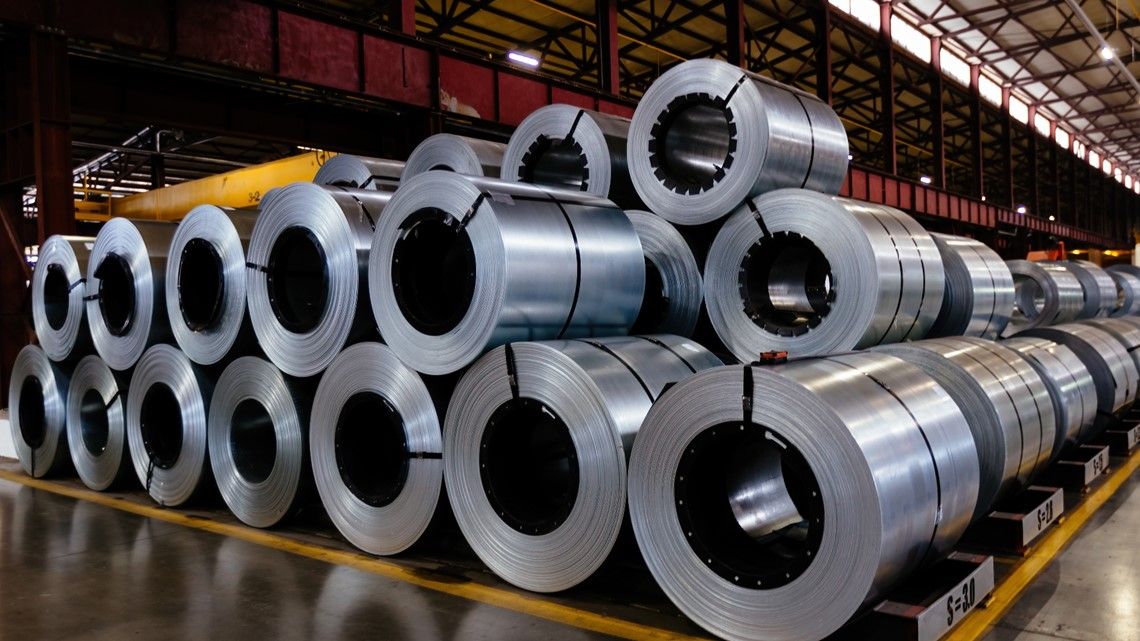Stainless Steel Pipes, Tubing & Sheets Explained: Basics, Overview, and Key Resources for Better Knowledge
Stainless steel is one of the most widely used materials in modern industries due to its corrosion resistance, durability, and strength. From kitchen appliances to chemical plants, stainless steel pipes, tubes, and sheets form the structural backbone of numerous sectors including construction, manufacturing, energy, and healthcare.
These components serve distinct yet connected purposes:

-
Pipes carry fluids and gases under pressure.
-
Tubes are used where precise dimensions and finishes are required, such as in medical and automotive applications.
-
Sheets are flat metal plates used in construction, architecture, and fabrication.
The global stainless steel market has evolved rapidly as industries demand sustainable, long-lasting, and recyclable materials. The increased focus on eco-friendly infrastructure and hygienic manufacturing has positioned stainless steel as a critical material in 21st-century engineering.
Importance
Understanding stainless steel pipes, tubing, and sheets is essential for engineers, manufacturers, contractors, and even homeowners. Their versatility makes them indispensable in several key applications.
Key Benefits and Applications
| Type | Common Uses | Primary Benefit |
|---|---|---|
| Pipes | Oil, gas, and water transport | Leak-resistant, high tensile strength |
| Tubing | Medical, automotive, instrumentation | Precision, smooth surface finish |
| Sheets | Construction, architecture, appliances | Corrosion resistance, easy fabrication |
Why It Matters Today
-
Corrosion Resistance: Stainless steel’s chromium content (10.5% or more) forms a protective oxide layer, preventing rust and extending product life.
-
Hygiene and Safety: Used in food processing and medical industries where contamination control is vital.
-
Sustainability: 100% recyclable material, making it a preferred choice for green construction.
-
Cost Efficiency: While initially more expensive than carbon steel, its long life and low maintenance reduce total cost of ownership.
-
Aesthetic and Functional Appeal: Provides a modern, polished appearance while maintaining structural strength.
The balance between form, function, and environmental impact makes stainless steel a timeless material in engineering and design.
Recent Updates
The stainless steel industry has experienced significant advancements between 2024 and 2025, driven by innovation, sustainability goals, and energy-efficient production methods.
| Trend or Update (2024–2025) | Description | Impact |
|---|---|---|
| Shift to Green Manufacturing | Many producers now use renewable energy and recycled scrap metal in production. | Reduces carbon footprint by up to 60%. |
| Rising Demand from Hydrogen & EV Sectors | Stainless steel components used in hydrogen storage and EV battery housings. | Expands market applications beyond traditional uses. |
| Digital Material Traceability | Integration of QR-based metal identification systems. | Improves quality control and supply chain transparency. |
| New Grades Introduced | Duplex and super-austenitic steels gaining popularity. | Enhanced corrosion resistance and temperature tolerance. |
| Smart Fabrication Tools | AI-powered design and CNC machines enhance precision cutting and welding. | Boosts efficiency and reduces material waste. |
According to World Stainless Association (2025), global stainless steel production grew by 4.3%, with Asia remaining the largest producer and consumer. This increase is linked to infrastructure upgrades, renewable energy projects, and urban development.
Laws or Policies
Several international and national regulations govern the manufacturing, quality, and use of stainless steel materials, ensuring product reliability and safety.
Key Regulations and Standards
-
ASTM International (U.S.):
-
ASTM A312 – Standard for stainless steel pipes for high-temperature and pressure applications.
-
ASTM A240 – Specification for stainless steel sheet, plate, and strip.
-
-
ISO Standards (Global):
-
ISO 15510:2014 defines chemical composition grades for stainless steel.
-
ISO 9001:2015 ensures consistent quality management in production.
-
-
Indian Standards (BIS):
-
IS 6911:2017 – Stainless steel plate, sheet, and strip specification.
-
IS 6529:1996 – Austenitic stainless steel tubes for general service.
-
-
EU REACH Regulation: Controls hazardous substances used during metal treatment.
-
Import/Export Policies: Many countries impose anti-dumping duties to protect domestic manufacturers from low-cost imports, ensuring fair trade in the steel market.
These standards collectively ensure that stainless steel products meet performance, safety, and sustainability benchmarks, protecting both industry and consumer interests.
Tools and Resources
Professionals and students can use various digital tools, calculators, and websites to better understand and manage stainless steel products.
Design and Specification Tools
| Tool/Platform | Purpose | Features |
|---|---|---|
| Outokumpu Material Selector | Choose suitable steel grades | Mechanical & corrosion data comparison |
| Sandvik Steel Navigator | Identify right alloys for industries | Grade selection by environment & strength |
| Matmatch.com | Material database | Datasheets for over 3,000 steel types |
| Autodesk Fusion 360 | 3D modeling of metal components | Simulates fabrication and stress testing |
Calculators and Apps
-
Metal Weight Calculator (Online Metals): Compute weight by dimension and material density.
-
Pipe Flow Expert: Simulates flow rates for fluid transport through stainless steel pipes.
-
TubiCalc: Calculates required pipe thickness and pressure ratings.
-
Weld Calculator (ESAB): Optimizes welding current, voltage, and filler material.
Educational and Industry Resources
-
World Stainless Association (worldstainless.org): Reports and data on stainless steel markets.
-
Nickel Institute: Research and corrosion performance studies.
-
Bureau of Indian Standards (bis.gov.in): Access to IS codes and compliance updates.
These tools and databases simplify design, quality control, and purchasing decisions for engineers, students, and manufacturers alike.
FAQs
Q1: What is the main difference between stainless steel pipes and tubes?
A1: Pipes are designed for transporting fluids and are measured by internal diameter, while tubes are used for structural or precision applications and are measured by outside diameter and wall thickness.
Q2: Which grade of stainless steel is most commonly used?
A2: Grade 304 is the most widely used due to its excellent corrosion resistance, formability, and affordability. For harsher environments, Grade 316 offers enhanced resistance due to molybdenum content.
Q3: How do you prevent stainless steel from rusting?
A3: Although corrosion-resistant, stainless steel can still oxidize under extreme conditions. Regular cleaning, avoiding chloride exposure, and passivation (chemical treatment) help maintain its shine and resistance.
Q4: What is duplex stainless steel?
A4: Duplex stainless steel combines the best properties of austenitic and ferritic steels, offering higher strength and excellent resistance to stress corrosion cracking.
Q5: How can one verify the quality of stainless steel products?
A5: Look for certification marks like ASTM, ISO, or BIS standards, and request a Mill Test Certificate (MTC) from suppliers to confirm chemical composition and mechanical properties.
Example Chart: Common Stainless Steel Grades and Applications
| Grade | Composition Highlights | Typical Uses |
|---|---|---|
| 304 | 18% Cr, 8% Ni | Kitchenware, piping, food industry |
| 316 | 16% Cr, 10% Ni, 2% Mo | Marine, chemical processing |
| 409 | 11% Cr | Automotive exhausts |
| 430 | 17% Cr, no Ni | Decorative and architectural panels |
| 2205 (Duplex) | 22% Cr, 5% Ni | Oil & gas pipelines |
Final Thoughts
Stainless steel pipes, tubing, and sheets represent the foundation of modern engineering and construction. Their strength, versatility, and sustainability make them a preferred choice across industries worldwide.
As manufacturing moves toward greener and smarter solutions, stainless steel remains at the forefront of innovation — combining performance with environmental responsibility.
For students, engineers, or anyone exploring industrial materials, understanding the grades, standards, and tools related to stainless steel offers valuable knowledge that supports better design, safer infrastructure, and sustainable growth.





